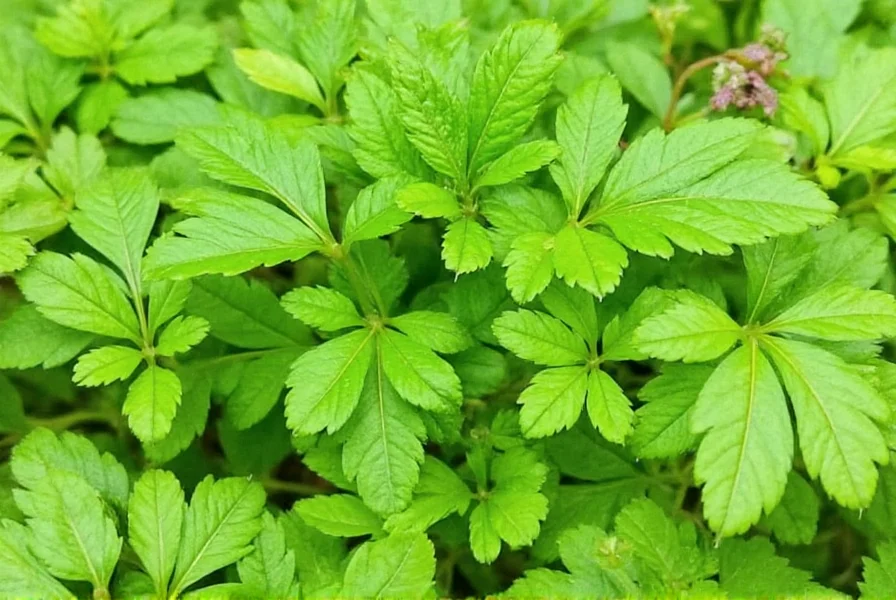Understanding the dual nature of coriander is essential to appreciating its versatility. What many don't realize is that coriander refers to two completely different ingredients from the same plant. The dried seeds are called coriander, while the fresh leaves and stems are known as cilantro in the Americas (or Chinese parsley elsewhere). This distinction explains why some people describe coriander as having a warm, nutty flavor while others mention a citrusy, sometimes polarizing taste.
Coriander Seeds: The Spice Cabinet Essential
Coriander seeds represent one of the world's oldest known spices, with archaeological evidence dating back to 5000 BCE. These small, round seeds deliver a complex flavor profile that combines:
- Subtle citrus notes (particularly lemon)
- Warm, nutty undertones
- Floral hints reminiscent of sage
- A slight peppery finish
Professional chefs often toast coriander seeds before grinding to unlock their full aromatic potential. This simple technique transforms their flavor from muted to vibrant, making them indispensable in spice blends worldwide.
| Global Cuisine | Coriander Seed Applications | Signature Dishes |
|---|---|---|
| Indian | Base for curry powders and garam masala | Biryani, Rogan Josh, Sambar |
| Middle Eastern | Essential in baharat and za'atar blends | Shawarma, Falafel, Muhammara |
| Mexican | Component of adobo seasoning | Mole sauces, Carnitas seasoning |
| European | Traditional in sauerkraut and sausage recipes | Boerewors, Pickled vegetables, Rye bread |
Fresh Coriander Leaves: Culinary Applications
While the seeds provide warmth, fresh coriander leaves (cilantro) deliver a bright, herbaceous punch that's essential in many global cuisines. Unlike the seeds, these leaves lose their flavor when cooked extensively, making them primarily a finishing herb.
Professional chefs recommend adding fresh coriander at the very end of cooking or as a garnish to preserve its delicate flavor compounds. The leaves contain volatile oils that dissipate quickly with heat exposure, which explains why many traditional recipes specify "stir in cilantro just before serving."











 浙公网安备
33010002000092号
浙公网安备
33010002000092号 浙B2-20120091-4
浙B2-20120091-4